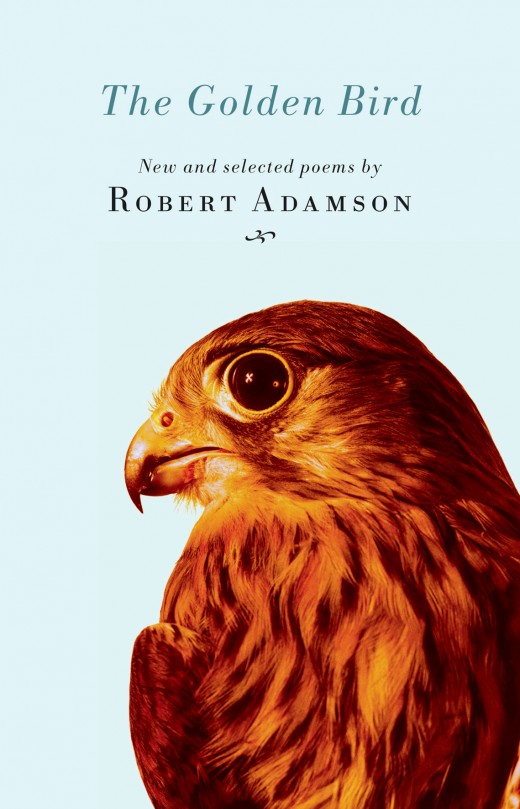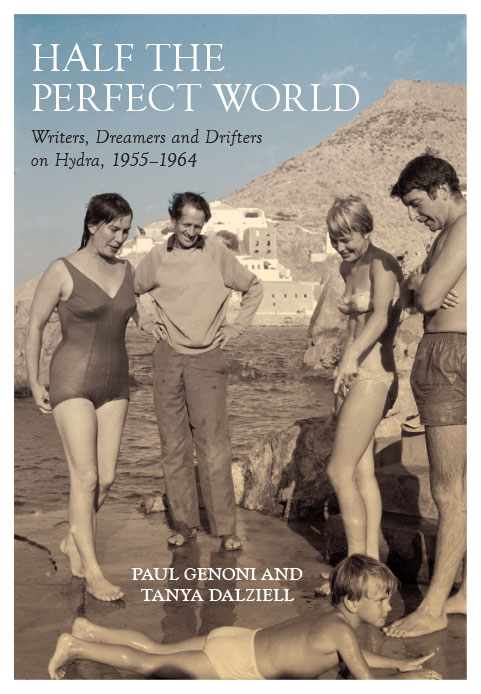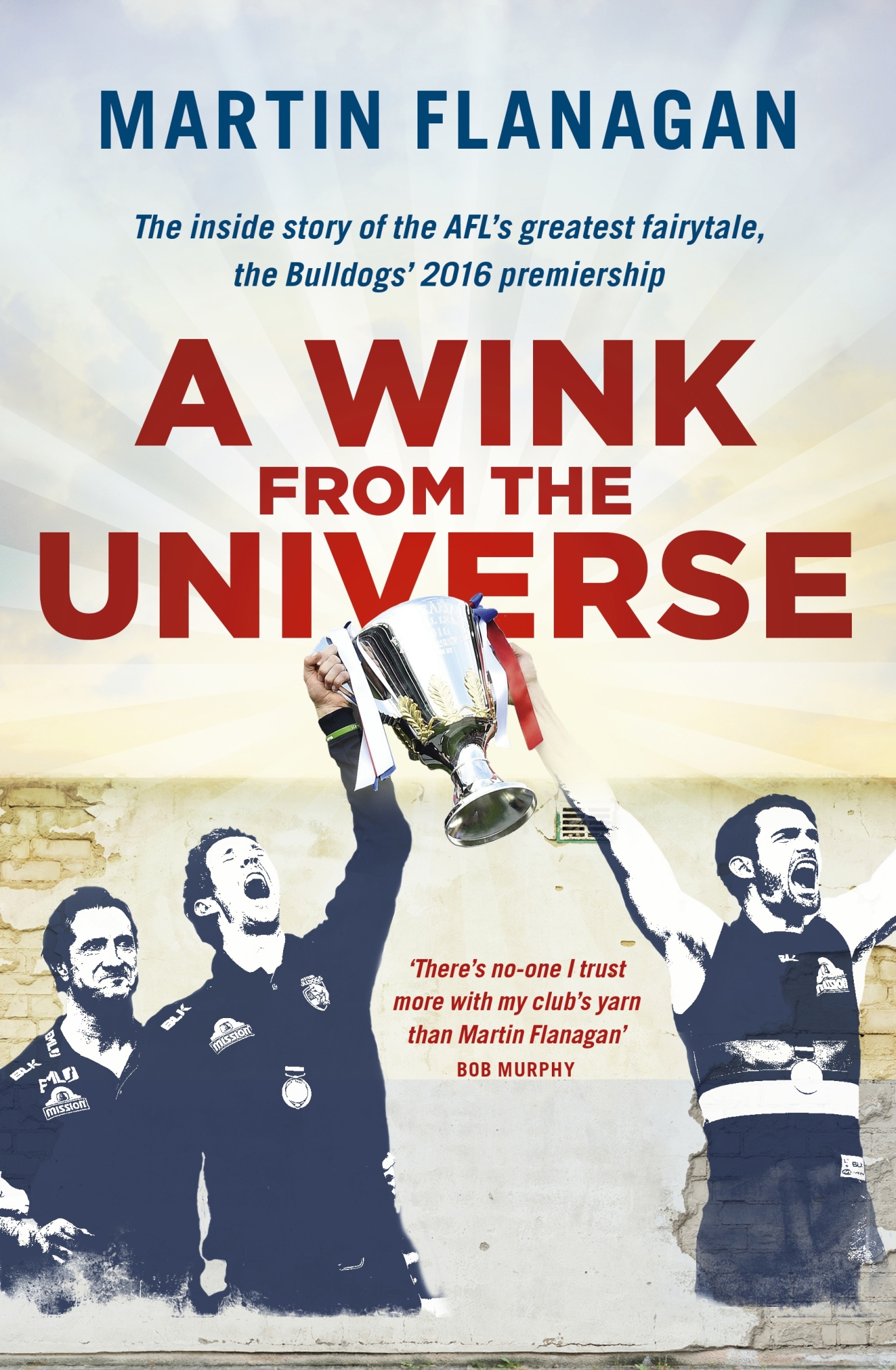Reading Yellow Notebook, the first volume of Helen Garner’s diaries, is a richly rewarding experience. I find myself constantly looking up or turning away from the brief vignettes and shorter reflections; looking up because I feel that she has illuminated something about how it feels to be alive in the world simply by recounting her own lived experience, her unvarnished observations; turning away because I want to wince in pain at the pain that she is describing. Garner is in her early forties during the mid-1980s, she is a published author and known public figure both in Melbourne and in the Australian literary scene. However, she is racked by feelings of self-doubt and inadequacy. Self-proclaimed intellectuals and ideologues not only make her feel uncomfortable, they make her feel sometimes angry, often inadequate.
Some of the most powerful entries in Yellow Notebook revolve around the theme of domesticity. Critics have long decried or even dismissed her work as overly domestic and, therefore, trivial but no one is as critical of this as she herself is. What has come to be recognised as one of the strengths of her fiction was, she felt and was often criticised for, then seen as its main weakness.
The domestic sphere of this first volume of the diaries is dominated by the collapse of Garner’s second marriage to F. Her reflections about the shared space of a family home, however, are dominated by another aspect of this theme: housework. How is it possible for a woman who is a wife and a mother to immerse herself in the creative life of an artist when she is also the one solely responsible for the cooking and the cleaning, the managing and the maintenance? Indeed, Garner’s portrayal of the inequality inherent in her otherwise passionate and romantic marriage is shocking. How did men, let alone a relatively youngish man in the 1980s, ever think they could get away with it?
Garner’s anger and frustration, her conflicting scepticism and romanticism, have turned my mind to an old theme of its own. I don’t think that the feminist gender lens is the only lens that this question of the relationship between domesticity and art can be seen through. After all, now that we are all sharing the housework in our relatively egalitarian bourgeois family homes, aren’t we all just equally unhappy? Coming back to Garner’s frustration as a writer, what I think I want to say is that I have always understood that marriage and family life are incompatible with a writer’s life. The structures, expectations, compromises – frankly, the burdens – are antithetical to the needs and interests of a creative artist regardless of their gender or sexual orientation. Notions of sharing and togetherness threaten to extinguish rather than nourish the individual identity without which being an artist would be meaningless.
How can I say this as a married man and father who has always aspired to be a published author? Isn’t it hypocritical and self-serving? Am I not just speaking from a position of male privilege and entitlement? Well, no, I don’t think so, so at least I am going to try to explain myself. When I first met E, I knew that I wanted to marry her and become a father figure to her two children. Indeed, as soon as the opportunity presented itself, I set about and was eventually successful in becoming their adoptive father. Few things in life have given me greater pleasure than the two of them choosing to call me ‘dad’. E and I both knew that we wanted to have a third child together and we were able to do so. L is now eighteen years old and studying at university.
How does all of this match up, Garner’s frustration, my qualms, and the choices that I made? I cannot say it any more simply than this: I knew that the choices I was making were incompatible with my life as an artist. I knew that I wasn’t going to be able to write either my masterpiece or my minor-piece. If my contribution to the financial security of the household constructed between E and I had relied on what I earned from my writing, the children would have gone without and E would have realised sooner or later that she would be at least a little bit better off supporting three people rather than four, because the other thing I haven’t mentioned is work. I knew that the choices I was making to marry E, adopt her two children and father a third would mean that I would have to continue working full time as a teacher and that there would be no prospect of retirement before the age of sixty-five. Unless, of course, we opted for some alternative kind of off-the-grid communal lifestyle from which the children would probably have emerged as reactionary right-wingers and which E and I were not temperamentally suited to anyhow. So, no, we opted for the bourgeois nightmare of the steady soul-destroying jobs and stable incomes because we wanted to raise our children as well as we could in the world as it presented itself to us.
So, why did I make those choices to marry E and have children? Because I loved her and I wanted us to have a family together. I didn’t choose this because I didn’t want to write. I chose this because I wanted to be a father and I chose it in the full knowledge that it would prevent me from living the autonomous creative life of an artist. By the by, the contemporary world is littered with the stories of families and children’s lives shattered by their parents – usually their fathers – who pursued their literary and artistic ambitions at their expense. However, I am even prepared to go so far as this: despite the terrible history of the behaviour of married men, I am still glad that Capital and The Communist Manifesto, that War and Peace and Anna Karenina, that Ulysses and Finnegans Wake, that The Rainbow and Woman in Love exist in the world as I have found it for me to read them. And I know that Helen Garner is too. I am no less pleased and grateful that she has made the courageous decision to publish her diaries.



















